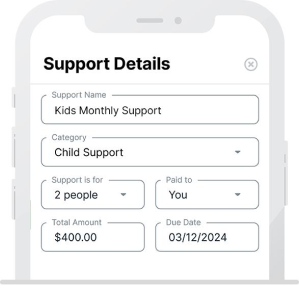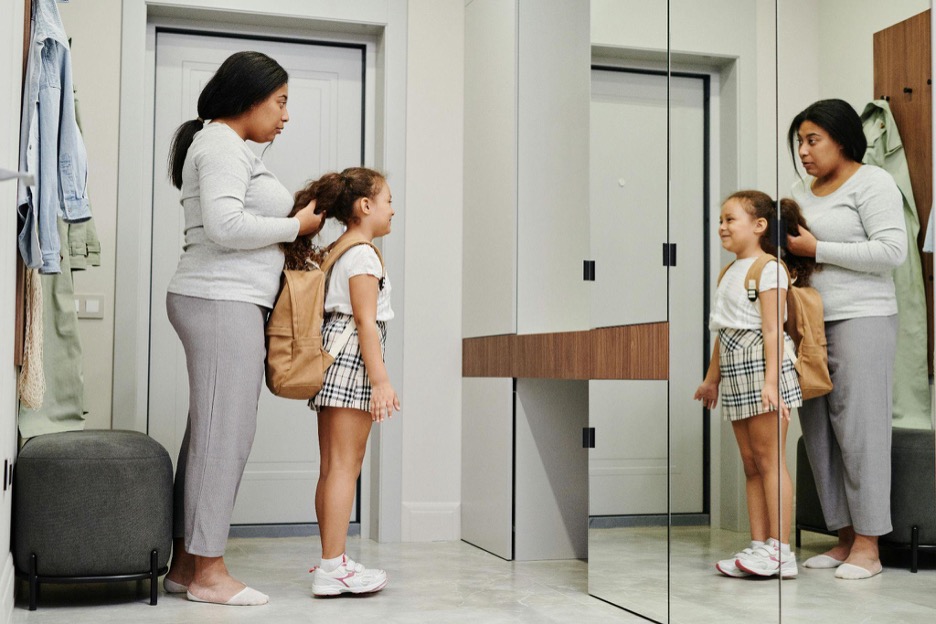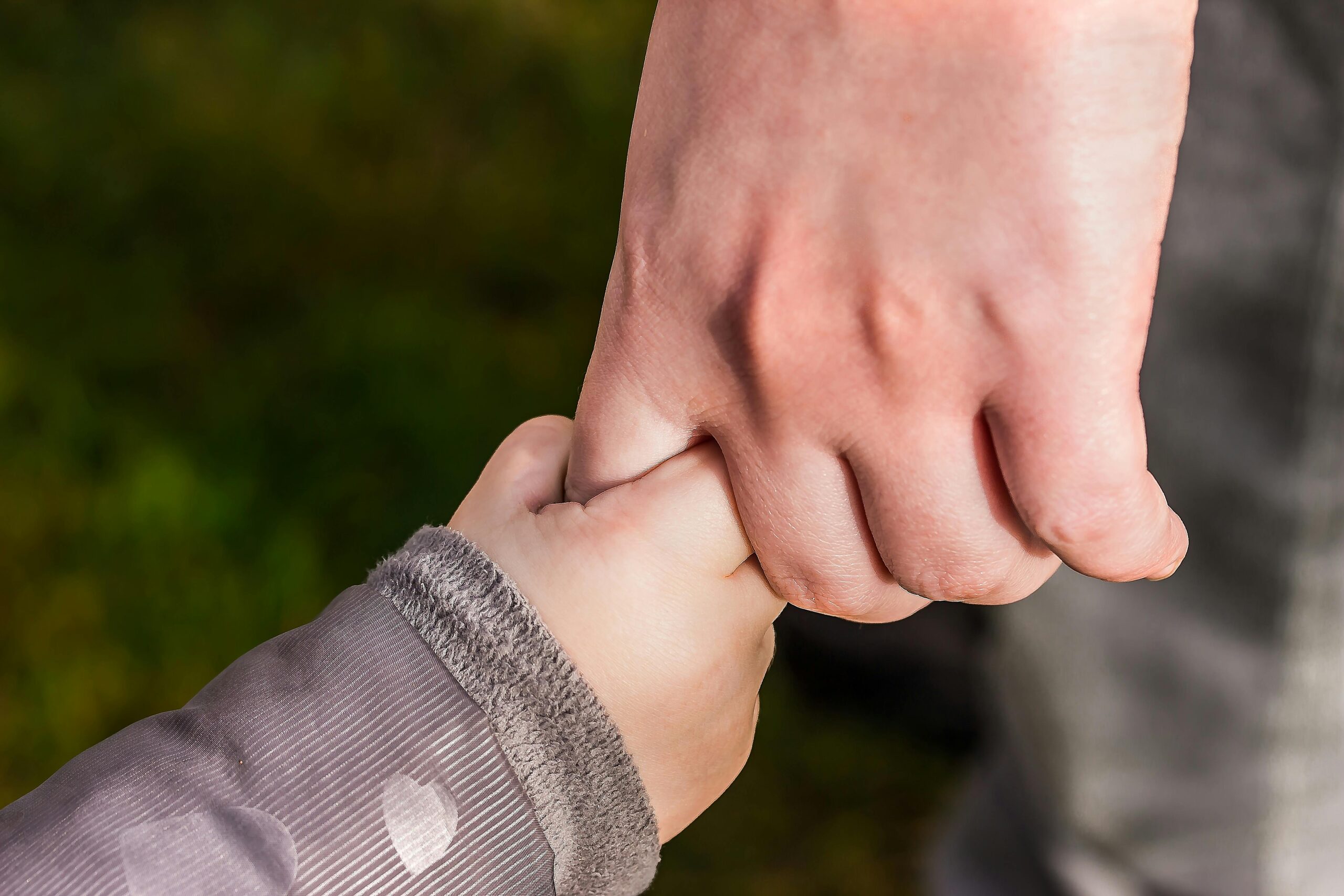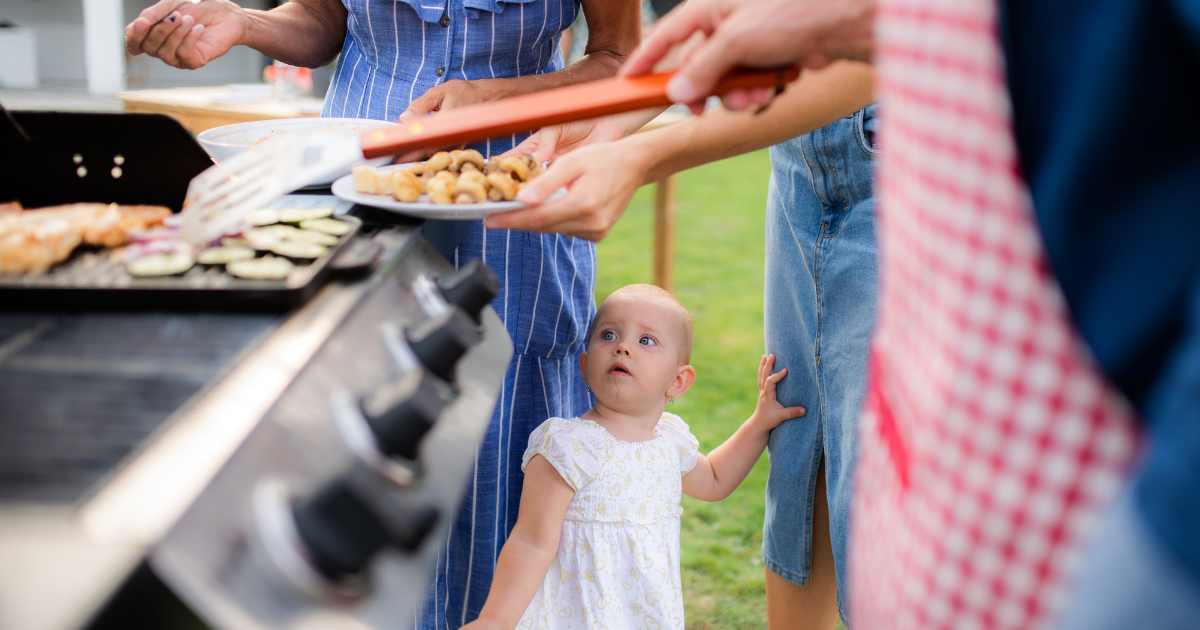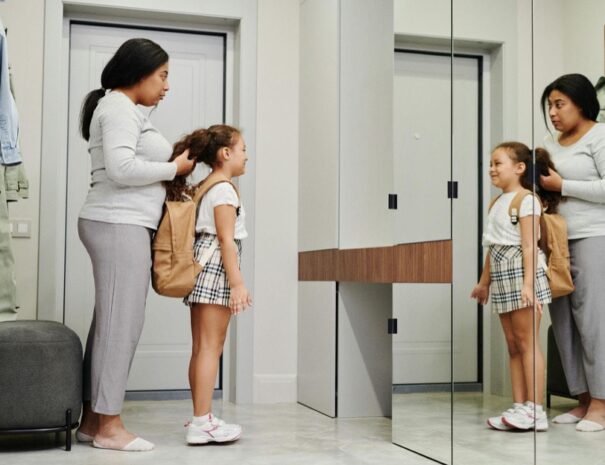This article was contributed by:
Sam Mazella – Marketing Director
Website: thepetersonlawfirm.com
Understanding How Child Custody Is Determined
While it’s best for divorced or separated parents to settle child custody issues out-of-court, that is not always the case. There are times when both parties can’t agree on a custody arrangement, and the legal system has to step in.
Taking a child custody battle to court can be very stressful and challenging; both parents need an experienced child custody lawyer to represent them if they want their sides to be clearly heard.
When handling a child custody case, judges pursue a common goal: the best interests of the child. Before appointing a legal custodian, they perform a thorough examination of the parents past and present conducts. This gives them a good insight into how a parent will most likely behave in the future. Note, however, that conduct is not all. There are several other crucial factors that judges consider, which include:
Age of the child or children
Some people may argue that the “tender years” doctrine, when it comes to child custody, is already outdated. However, there are still judges who believe that it is for the best interest of young children to stay with their mothers, especially if she is the one taking care of them.
Individual living condition
Children deserve to feel secure even after their parents separate ways. Thus, the parent’s living situation becomes a huge factor in determining child custody.
The custody is usually granted to the parent who can best provide comfort, stability, and continuity. The judge may also consider factors such as proximity to the children’s school and activity.
Continuity and stability
As mentioned, the court is most likely to favor the parent who can offer stability and continuity to the kids. Most judges believe that divorce can have a traumatic effect on children; to have them adapt to more changes – be it in terms of lifestyle, friends, community, daily routine, etc., would be too much for them to bear.
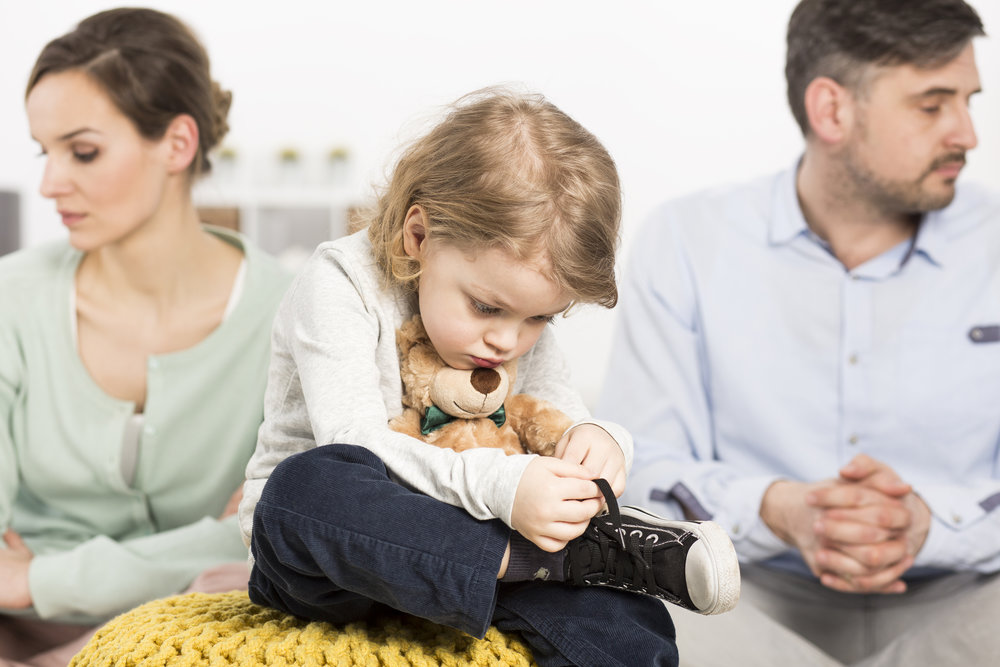
Children’s preference
Children aged 12 years or older may be given a say on which parent they want to live with. Some states allow the judge to talk to the kids and ask them about their custody and visitation preferences, and may take their opinions into account.
Other states, however, disapprove of involving the kids in the case. In situations like this, the judges may speak with a custody evaluator to know the children’s point of view on the matter.
Relationship with the other parent and children
The court has to make sure that custody is granted to the parent who has the children’s best interest at heart. That said, the parent who has been more cooperative and willing to work things out for the sake of the children has an edge.
The parent’s relationship with the children before the divorce also plays a significant role in the determination of child custody, as this reflects how involved he or she is in their growth and development.
Some parents suddenly become affectionate and want to spend more time with their children after the divorce. While there’s nothing wrong with that, judges feel the need to ascertain that the affection is sincere and not only for the hopes of winning the custody case.
Record of abuse or neglect
If a parent is found guilty of abuse or neglect of the children, the court may limit his or her contact with them.
Child Custody for Unmarried Parents
In the case of unmarried parents, most states award sole physical custody to the mother unless the father takes action. The father usually cannot win custody over the mother, especially if she has been a good parent to the children. Courts, however, typically prioritize fathers over relatives and or foster parents.
Judges are given broad discretion when determining custody and visitation rights. The court awards custody to the parent who is deemed more integral to the physical, psychological, emotional, moral, and spiritual well-being of the children.
Joint Custody
Joint custody is a legal arrangement where both parents share the responsibilities and rights concerning the care and upbringing of their child following a separation or divorce. This arrangement involves making decisions about the child’s health, welfare, and education. Joint custody is typically divided into two main categories: joint legal custody and joint physical custody.

Joint Legal Custody
Joint legal custody means that both parents share the right and responsibility to make important decisions regarding their child’s life, such as those concerning education, medical care, religion, and overall upbringing. In this arrangement, both parents need to collaborate and cooperate to ensure that these decisions are made in the best interest of their child. It’s essential to understand that joint legal custody does not automatically imply that the child will divide their time equally between both parents.
Sole Custody
Sole custody means that one parent has both the legal and physical custody of the child all to themselves. In this arrangement, the custodial parent is responsible for making all significant decisions regarding the child’s life, including educational choices. While the non-custodial parent may have visitation rights, they typically do not have any influence over the child’s daily decisions or major life events unless the court specifies otherwise.
Impact of Custody on Child’s Education
The type of custody arrangement can have a significant impact on a child’s education. In joint custody situations, both parents typically participate in decisions regarding the child’s schooling, from choosing schools to attending parent-teacher conferences. A strong collaboration between the parents can enhance the child’s academic success, as both are actively involved in supporting their educational journey.
On the other hand, in sole custody cases, the custodial parent is responsible for making decisions about the child’s education, which may limit the other parent’s participation in key educational matters. This can sometimes lead to conflict or feelings of being left out, especially if the non-custodial parent wants to be more engaged in the child’s education.
Ultimately, the aim in any custody arrangement, whether joint or sole, is to focus on the child’s well-being and educational achievement. Courts generally strive for custody arrangements that provide the most stable and supportive environment for the child, ensuring that both parents, as much as possible, remain involved in creating a positive and enriching educational experience.
The Physical Custody
Physical custody refers to the actual living arrangement of a child and which parent the child resides with after a separation or divorce. This type of custody determines where the child spends their time on a day-to-day basis and involves the physical care and supervision of the child. Physical custody is one of the key factors in child custody arrangements, and it can vary significantly depending on the needs of the child and the circumstances of the parents.
Child Custody Arrangements
There are various child custody arrangements, which can be made based on the agreement of the parents or determined by a court if the parents are unable to come to a decision. The primary types of physical custody are joint physical custody and sole physical custody:
- Joint Physical Custody: In joint physical custody, the child spends significant time living with both parents. The arrangement can be structured in a way that allows the child to spend substantial periods with each parent, though this does not necessarily mean the time is split equally. This arrangement is typically used when parents are able to cooperate and maintain a positive relationship for the sake of their child.
Sole Physical Custody: With sole physical custody, the child primarily resides with one parent, while the other parent may have visitation rights. The parent with sole physical custody is responsible for the child’s daily care, supervision, and living arrangements. The non-custodial parent may still be involved in the child’s life through visitation but does not have a significant role in the child’s day-to-day living situation.
Child Custody Determinations
Child custody decisions are made by courts considering several factors, such as the child’s age, the nature of the parents’ relationship with the child, their ability to provide a stable environment, and what is in the child’s best interests. Courts typically aim for custody arrangements that enable both parents to stay involved in the child’s life, unless one parent poses a threat to the child’s safety. The decision regarding physical custody is also significantly affected by the child’s need for stability, especially regarding their living conditions and emotional connections with each parent.

